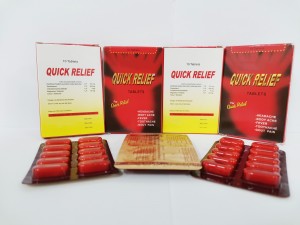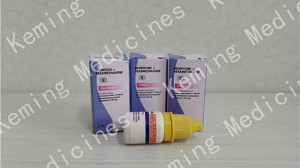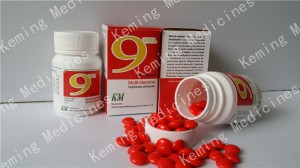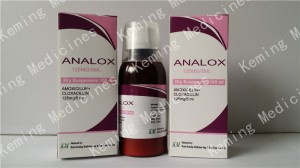Price & Quotation: FOB Shanghai: Discuss in Person
Shipment Port: Shanghai, Tianjin,Guangzhou, Qingdao
MOQ(2%,50ml): 30000 Bottles
Payment Terms: T/T, L/C
Product detail
Composition
Each bottle contains 2% 50ml Lidocaine Hydrochloride
Indication
Treatment of ventricular arrhythmias during open-heart surgery, acute myocardial infarction and after digoxin overdosage. As a local anaesthetic in infiltration, field block, nerve block, intravenous regional and spinal anaesthesia. As a local anaesthetic it has an action of intermediate duration(30 to 45 minutes)
Contra-indications
Contra-indicated in patients that are hypersensitive to local anaesthetics.Lidocaine hydrochloride should not be given to patients with hypovolaemia, heartblock or other conducton disturbances, bradycardia, cardiac decompensation or hypotension.
Warnings
Intravenous injections should be given slowly over 2 minutes and infusion at a rate of 1 to 4 mg per minute.
Dosage and Administration
For the emergency treatment of acute myocardial infarction doses of up to 300 mg may be given by intramuscular injection into the deltoid muscle, followed by a 0.1% to 0.2% intravenous infusion (in Dextrose 5% in Water for Injections) at a rate of 1 to 4 mg per minute in accordance with the needs of the patient. In the treatment of cardiac arrhythmias 50 to 100 mg may be administered by a slow intravenous injection over 2 minutes.
As local anaesthetic
1.Infiltration anaesthesia-0.5 to 1.0% is used.
2.Field block anaesthesia- as for infiltration anaesthesia.
3.Nerve block anaesthesia- depending upon which nerves or plexuses, the type of fibres – a 1 to 2% solution is used.
4.Intravenous regional anaesthesia of upper extremities-1.5mg/kg bodymass of 0.5% solution.
5.Spinal anaesthesia-The injected concentration should not exceed 5%.When high thoracic anaesthesia is sought 100 mg of Lidocaine may be used.
6.Epidural anaesthesia-determined by the segmental level of anaesthesia required.The volumes of local anaesthetic injected during epidural anaesthesia are determined principally by the type of nerve fibres to be blocked, what level of anaesthesia is required and the technique employed. The duration of anaesthesia is frequently prolonged by addition of adrenaline 1:200000.
Side-effects and special precautions
Caution should be exercised in the presence of hepatic insufficiency, other cardiac conditions,epilepsy,myasthenia gravis and impaired respiratory function.The plasma half-life of Lidocaine hydrochloride may be prolonged in conditions which reduce hepatic blood flow such as cardiac and circulatory failure. The main systemic toxic effect is excitation of the central nervous system, manifested by yawning, restlessness,excitement, nervousness, dizziness, blurred vision, nausea,vomiting,muscle twitching and convulsions. Excitation of the central nervous system may be transient,and followed by depression,with drowsiness,respiratory failure and coma.
There is simultaneous depression of the cardiovascular system,with pallor, sweating and hypotension. Arrhythmias, bradycardia and cardias arrest may be precipitated.Allergic reactions of an anaphylactic nature may occur.
Drowsiness,lassitude and amnesia have been reported with therapeutic doses of Lidocaine hydrochloride.Numbness of the tongue and perioral region is an early sign of systemic toxicity. Methaemoglobinaemia has been reported.Foetal intoxication has occurred following the use of Lidocaine hydrochloride in labour.Doses should be reduced in elderly and debilitated patients and in children.
Storage and Expired Time
Store below 25℃.
3 years
Packing
50ml
Concentration
2%












